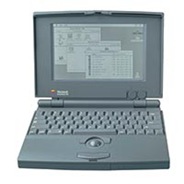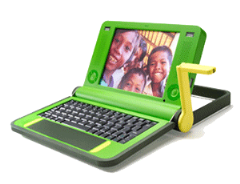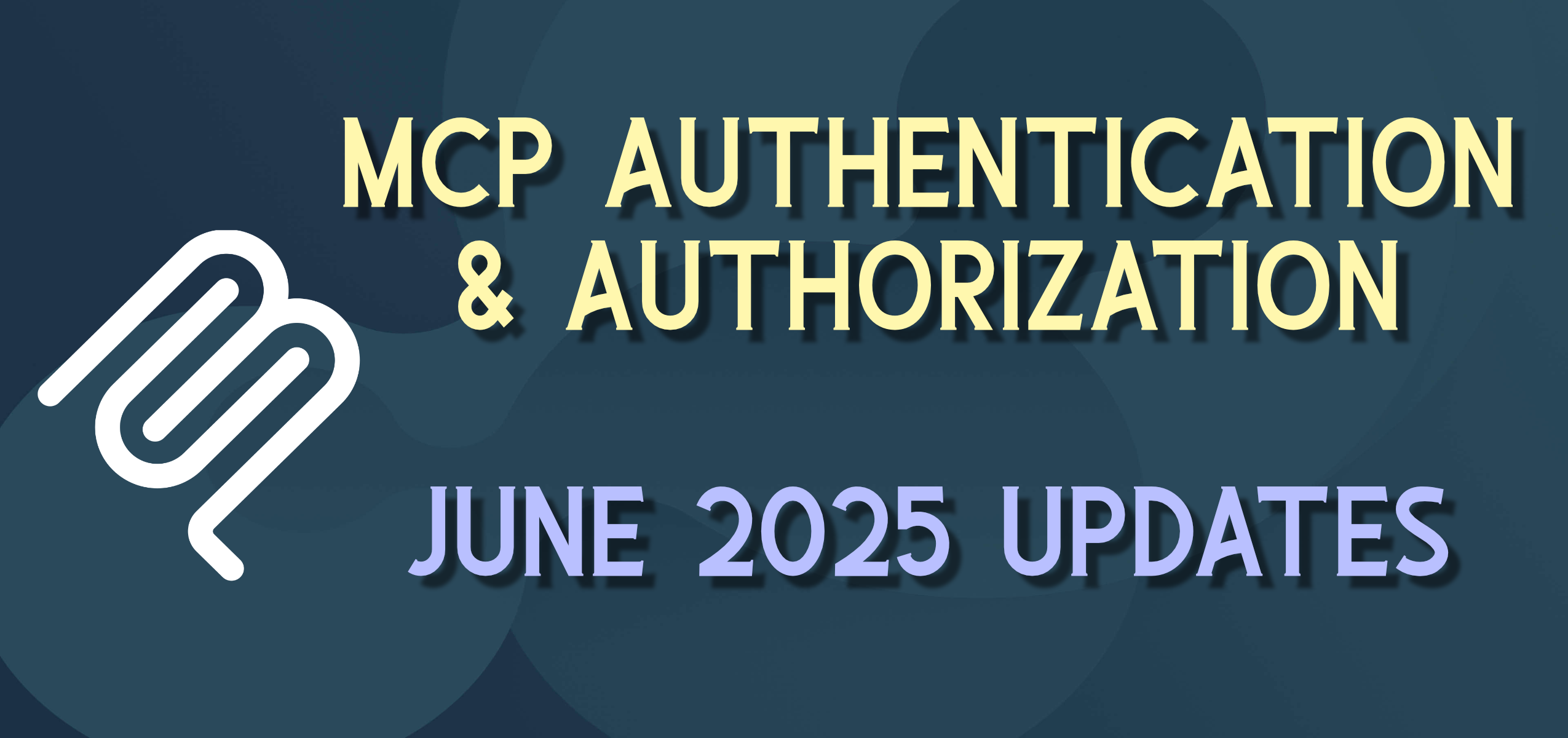What would make a good/great Netbook?
 I’ve been hoping and watching for a great portable computer that would be ideal for students (and others) for many years – at least since we tested some PowerBook 100s with teachers in 1991 (only to have some returned to us as almost “unusable” – imagine giving back technology to someone, it was a pretty “underwhelming”). The PowerBook 170 was much better but cost $5,000 each (in 1991 money) and only lasted a year in production as well.
I’ve been hoping and watching for a great portable computer that would be ideal for students (and others) for many years – at least since we tested some PowerBook 100s with teachers in 1991 (only to have some returned to us as almost “unusable” – imagine giving back technology to someone, it was a pretty “underwhelming”). The PowerBook 170 was much better but cost $5,000 each (in 1991 money) and only lasted a year in production as well.
Come forward 16 years and there is the ambitious “One Laptop per Child” vision of Nicholas Negroponte that brings some of the best minds together to figure out how to build a cheap and rugged laptop to enable students world-wide to gain access to a wealth of information and functionality.  But this vision misses on several important points, but creates a wonderful market for smaller form factor and lesser functionality devices for students and really anybody that is mobile and wants to stay connected and productive.
But this vision misses on several important points, but creates a wonderful market for smaller form factor and lesser functionality devices for students and really anybody that is mobile and wants to stay connected and productive.
In 2009 I would really like to buy 3 Netbooks (one for each of my children) to use daily as part of their educational (and other) pursuits. This is a non-trivial purchase so I am considering it very carefully. The market for Netbooks is coming together quickly, though there is even a new challenge this week over whether the term “netbook” is trademarked. But the issue for this post is a recap of what I would really like to see in a Netbook, and why.
###
The first few things would be related to the “Net” part of “Netbook”
- The device should be able to operate when not connected to the Internet, but should achieve full potential and functionality when connected to a network. There should be options for achieving this connectivity including network cable, Wi-Fi, and mobile networks (3G, EDGE, WiMAX, etc.). For the later, the ability to integrate the connectivity within the main case is ideal (don’t want a “dongle” for each type of connectivity).
- Bluetooth – not required. If it is “on the chip” with the other wireless features, then go for it. But if it adds even $20 to the cost (and/or measurably reduces battery life) then leave it out.
- Needs to run OS-independent software from “the cloud”. I don’t care if the Netbook itself runs XP, OSX, Vista, Ubuntu, Android, etc. as its base OS, as long as there is a platform that software can be developed on to run across devices. This could be Flash/Flex, Silverlight, JavaFX, AIR, etc. The ability to develop, market, and sell/distribute apps to the different Netbooks is really important.
- An optical drive should not be required, but could be connected as an external USB/eSATA device. Installing “full-blown” applications from a CD/DVD should be possible, but limited. Limiting local storage should be a goal to enable apps running from the “cloud” and saving data back to the network as well.
- Basic CPU – no quad-core x64 3D gaming rig here. A nice low-power CPU, optimized for wireless applications would be nice. Atom processors are the rage right now but VIA and AMD have processors that would work too.
###
The next few things would be related to the “Book” part of “Netbook”
- First, it should be roughly the size of a book – could be a hardcover, paperback or in between. This puts it somewhere between an iPhone and a traditional laptop computer. A target would be 8-10” screen size. It seems that some are now at the WSVGA screen size (1024×600), better than SVGA (800×600) but full XGA would be nicer (1024×768) (see cost discussion later).
- It should provide many of the same functions of a book (reading, reference, easy access to information).
- It should be “dockable” to use a larger display (keyboard, mouse, etc.) if available at a desk or lab.
- Fairly ruggedized and should not weigh very much (think carry in backpacks) – 2 pounds would be ideal. This device will share backpack space with other books, be banged around a bit, and will inevitably be dropped or otherwise abused. Netbooks that are engineered well in this area (e.g. rubber, plastics, where appropriate, SSD drives instead of spinning media, etc.) will have a definite upper-hand.
###
Finally things that really have nothing to do with “Net” or “Book” but are things I think of being part of this device.
- Webcam and microphone input – I really think that multi-media and multi-modal input for so many things is really important that I hesitate to leave this for just those that add external devices.
- Basic speakers – nothing special. Headphone jack.
- Touch/Tablet screen – torn on this one. There is a lot going on with multi-touch on the iPhone and Windows 7, but nothing really “proven” yet. I think the expense that this would add would not be worth the money
- Battery life – probably the biggest hurdle Netbooks face. Ideally it would last a full work/school day, say 6 hours of use. Ideally the device could “sleep/hibernate” easily and have it easy to swap in a fully charged battery. Kind of like batteries for cordless drills and other tools – yes the Netbook is a tool.
- Now that we are talking money. The device should be $400 +/-$100. Under $300 would probably be made so cheaply that it would violate the “ruggedness” need or some of the features. More than $500 and it is getting too expensive. I know this is a tight margin for prices.
I’ll update this post if/when I decide to commit on which ones to buy. I’d appreciate any feedback or ideas that others have in this area as well.
Update 1: Added some details, fixed some weird formatting



